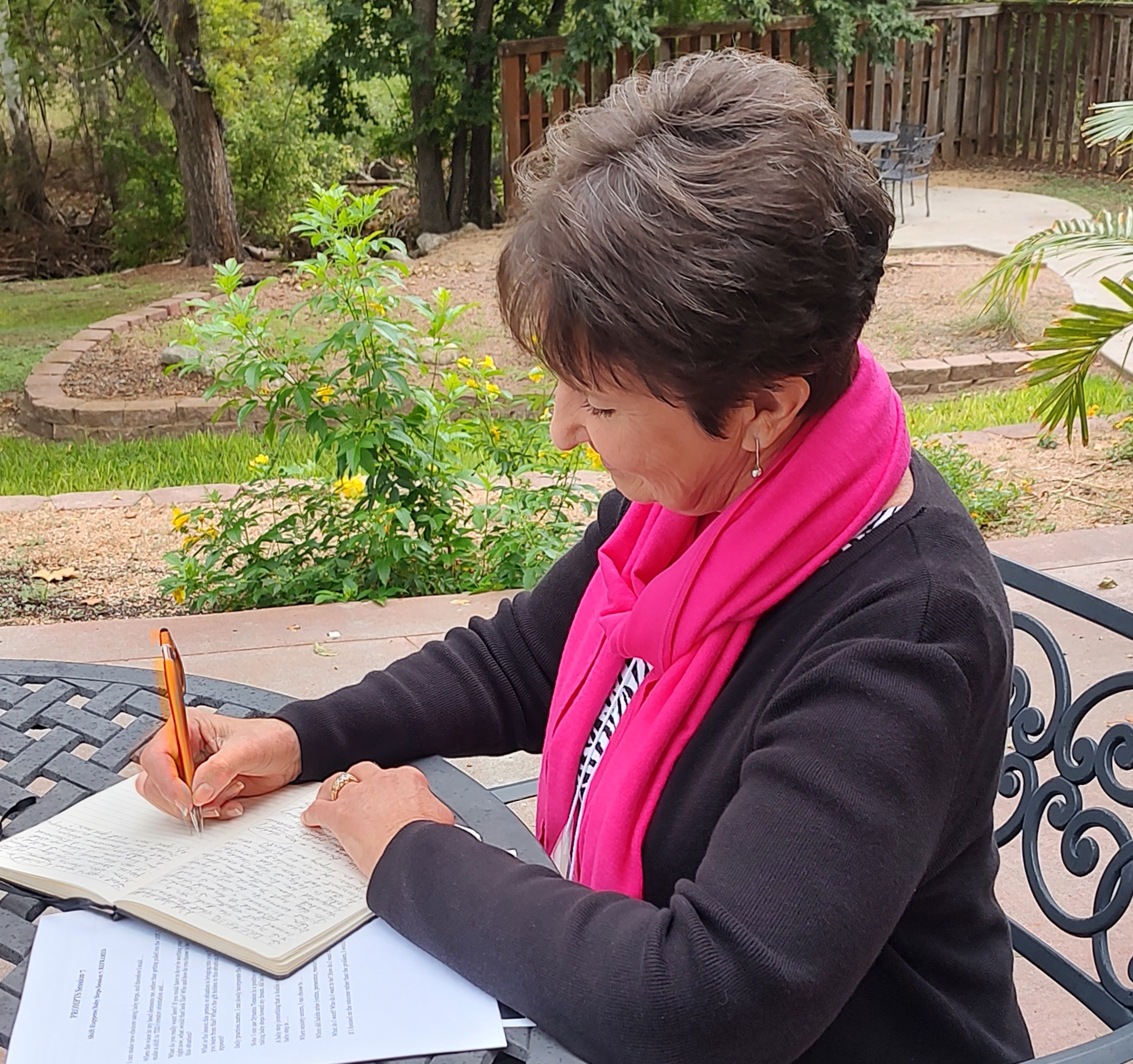INTRODUCTION
Discovery in writing happens in so many ways. All the different ways can be enlightening to the writer and in turn for the reader. Discovery may happen before, during or after writing a chapter, scene, or essay. Some are technical such as dialogue that’s culturally relevant or time frame that matches with the attire of characters, while others are artistic, such as voice, rhythm, pacing, or description.
TECHNICAL RESEARCH
Example #1: I love working with all of these means of discovery. Research to know what is happening in a particular time will create interest and/or relevance. For example, when I write about the 1970s I need to know the pop culture of the time. Through music, world events like Vietnam War, social events of protests.
Example #2: When I write about Cuba, I need to know about the cars that line the streets. Writing about a Ford Bel Air, instead of accurately a Chevy Bel Air, will make my writing suspect. And what if only a few know the difference? They may be the ones who tell others every chance they get that I don’t know what I’m writing about. Therefore telling potential readers not to bother with my work. That’s a marketing blunder.
ARTISTIC RESEARCH
Example #1: On the other hand, discovering how I develop my voice on the page, how I pace different stories based on the demands of the story to be a slow burn or a rapid-melt conclusion, require learning from my own mistakes. Paying attention to what works with my writers’ community or beta readers is key to building my confidence and adherence to using my own voice in my work.
Example #2: Artistically as writers, we need to spend time reading great works and even not such great works to see what doesn’t measure up. We read to “feel” when a writer’s pacing reflects what is actually happening in the story. We read to “hear” how the words fall on the page and in our ears. Do they fit the era? Do they fit the timing of the story? Do they reflect emotions being expressed?
SUMMARY
Our lives as writers are always at work in our heads as to how to write. We can learn from overheard conversations, jokes, google searches, or library digging. What a wonderful job (full of wonder) we get to enjoy. But we must also do our own due diligence, to ensure that are work is relevant, inspiring, and culturally, technically, and scientifically accurate. Our work is never done and that’s the fun of it.
See my latest work: Song of Herself.

Fiona Weston, an Iowa horsewoman in work boots and trousers, sails to India in 1906 to discover her journey is not the quest for which she had yearned, nor the escape from those who ridicule her unconventional ways. Fiona experiences a journey fraught with obstacles that creates a sturdy sense of self in which she learns to accept irreconcilable differences and still sing her song of self.


